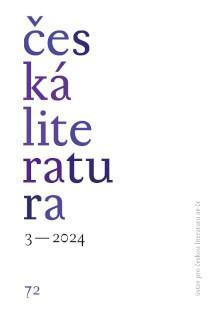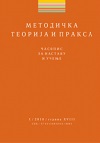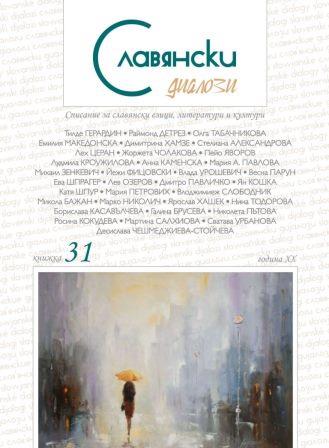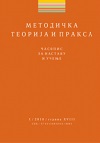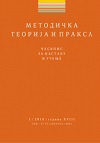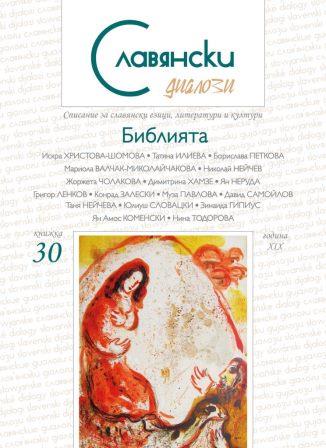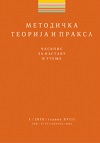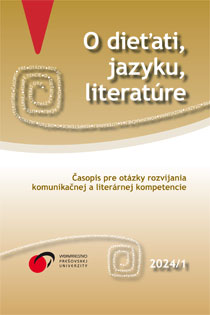
Výzkum úrovně dekódování a porozumění textu u žáků 2. stupně základních škol
The study evaluates the results of a research the aim of which was to verify the usability of a reading assessment instrument designed to determine the level of reading technique and text comprehension among pupils of the 6th to 8th grades of primary schools. Data on reading speed, eye movements and reading accuracy were obtained using an eye tracker. The research investigation confirmed the usability of the reading assessment instrument for both determining the level of reading technique and text comprehension in the monitored age category of primary school pupils, and for evaluating the reading performance of pupils with a specific learning disability.
More...
